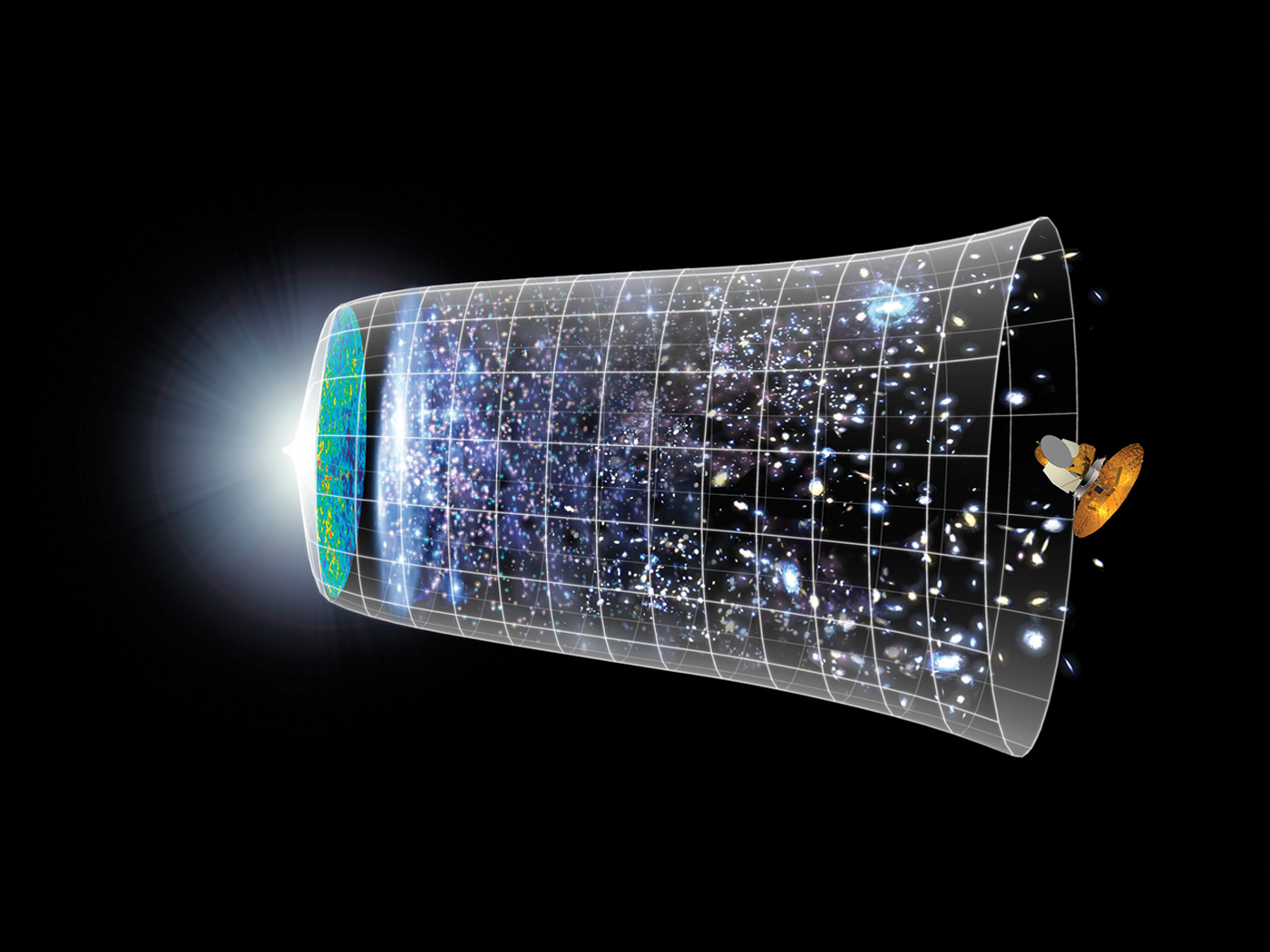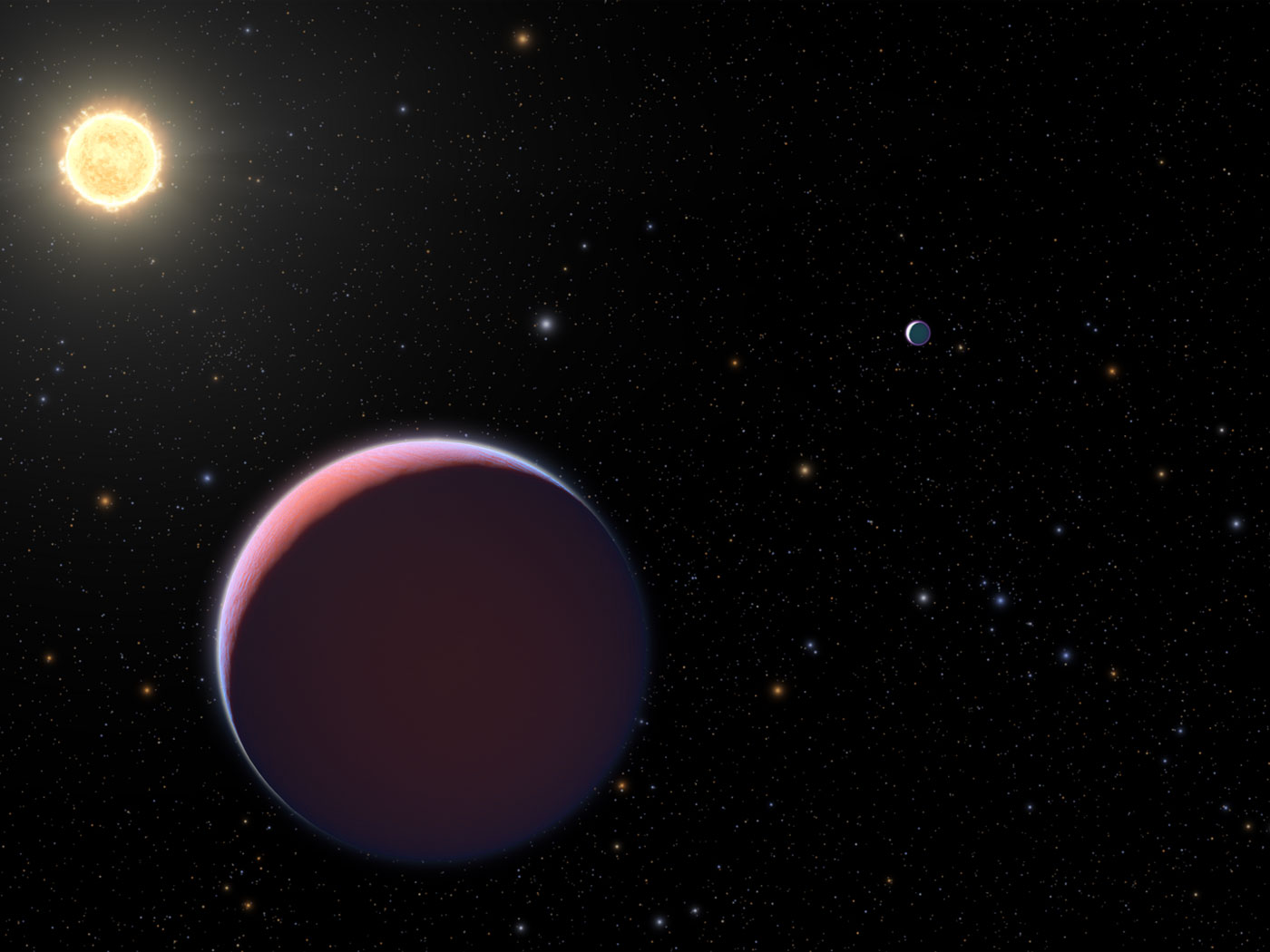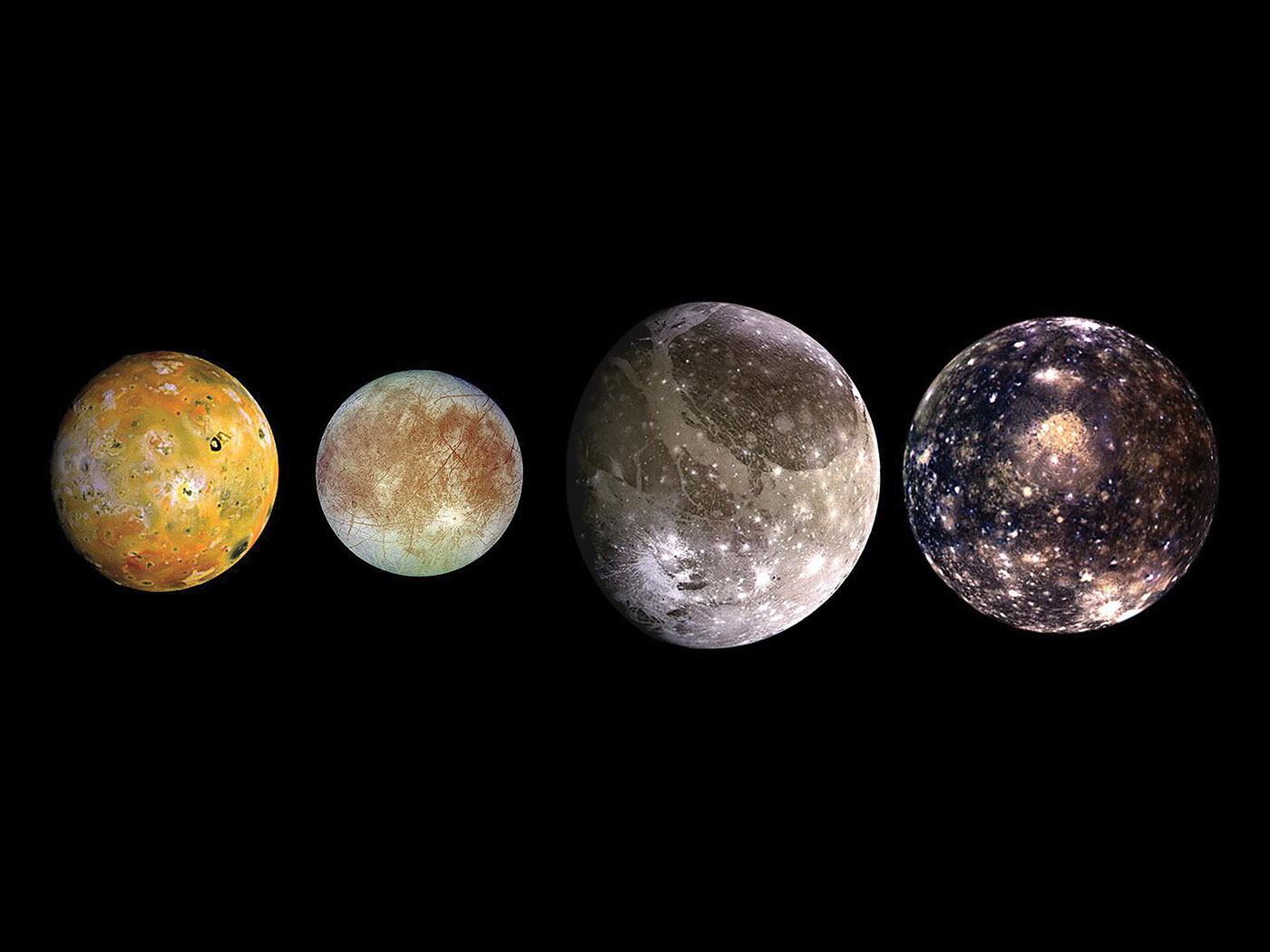It was once thought that the areas between protein-coding genes located around the genome were vast purposeless wastelands of alleged “junk DNA.” However, we now know that these previously misunderstood regions are literally teeming with functional activity that is key to life.1,2 Not only are these areas functional, but they are also proving to be more organism-specific than other types of DNA and thus provide an important clue in understanding what makes the human DNA blueprint distinct from that of other creatures. I just published a new comprehensive study showing that these areas of the human genome are vastly different compared to the chimpanzee genome, further confounding the tired evolutionary dogma that we evolved from a chimp-like ancestor.3
Even though less than 5% of the human DNA sequence codes for protein, researchers have discovered that the genome is pervasively transcribed (i.e., copied into RNA), producing an amazing diversity of RNA molecules.1,2 One of the most interesting aspects of this phenomenon is that the transcribed regions located outside protein-coding areas contain long non-coding RNA genes that produce many important functional RNAs used by the cell. These are called long intergenic non-coding RNAs (or lincRNAs), and they have the same type of control structures and features in their DNA sequence as do protein-coding genes. In fact, lincRNAs are even spliced and processed—just like the RNAs made from protein-coding genes using the same types of sophisticated cell machinery.
My recent research report describes the use of regions of the human genome that correspond to three different human lincRNA datasets and one vlincRNA (very long intergenic non-coding RNA) dataset in an exhaustive comparison to the chimpanzee genome. In summary, the short human lincRNA regions (less than 600 DNA bases in length) were about 75% to 79% similar to chimpanzee, while the larger lincRNA regions (greater than 600 bases) were about 71% to 74% similar. And the human vlincRNA genomic regions were only 67% similar to chimpanzee.
To provide a high-similarity contrast for this study, I also compared the protein-coding regions of the human genome, called exons, that were between 300 and 599 bases in length—the ideal size for optimally aligning them to chimpanzee DNA without having to slice them into smaller pieces. In contrast to the lower similarity observed for the lincRNA and vlincRNA regions, all known human protein-coding exons 300 to 599 bases in length were 86% similar to chimpanzee. These data included the fact that over 6% of human protein-coding exons of this size have no similar counterpart in the chimpanzee.
Overall DNA similarity data between humans and chimps from this new study were in good agreement with several of my previous studies, which asymmetrically compared the chimpanzee genome to the human genome.4,5 But most importantly, these new results show that the more taxonomically unique DNA sequence found in lincRNAs is key to understanding not only what makes humans unique, but it may also help creationists determine the genetic boundaries in created kinds among other types of creatures. This research further demonstrates that God made creature kinds distinct from each other just as described in the first chapter of Genesis.
References
- Clark, M. B. et al. 2013. The dark matter rises: the expanding world of regulatory RNAs. Essays in Biochemistry. 54 (1): 1-16.
- Hangauer, M. J., I. W. Vaughn, and M. T. McManus. 2013. Pervasive Transcription of the Human Genome Produces Thousands of Previously Unidentified Long Intergenic Noncoding RNAs. PLoS Genetics. 9 (6): e1003569.
- Tomkins, J. P. 2014. Comparison of the Transcribed Intergenic Regions of the Human Genome to Chimpanzee. Creation Research Society Quarterly. 50 (4): 212-221.
- Tomkins, J. 2011. Genome-Wide DNA Alignment Similarity (Identity) for 40,000 Chimpanzee DNA Sequences Queried against the Human Genome is 86-89%. Answers Research Journal. 4: 233-241.
- Tomkins, J. 2013. Comprehensive Analysis of Chimpanzee and Human Chromosomes Reveals Average DNA Similarity of 70%. Answers Research Journal. 6: 63-69.
* Dr. Tomkins is Research Associate at the Institute for Creation Research and received his Ph.D. in genetics from Clemson University.






















